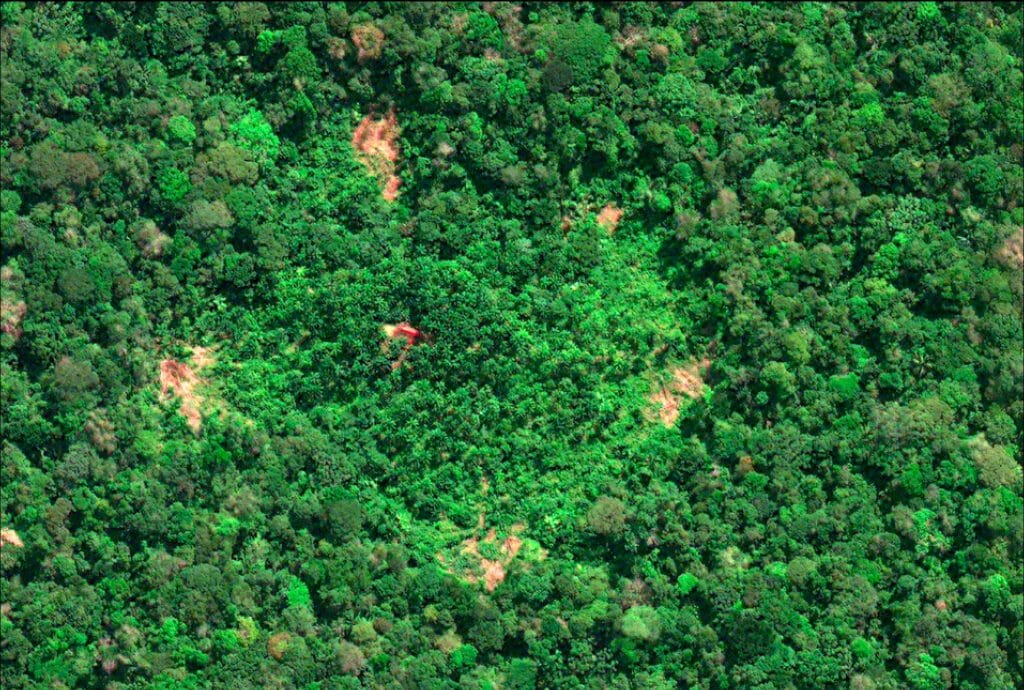Knowledge is power to act

The most well-known consequence of deforestation is the threat to biodiversity. Indeed, the forest is a habitat very dense in global biodiversity, some forests being even true cradle of biodiversity among the richest in the world. By destroying these natural environments, human activities threaten the existence of these species and our future.
Deforestation also weakens the soil. When a forest area is destroyed, the soil becomes gradually more fragile and makes the ecosystem more vulnerable to natural disasters such as landslides or floods.
Deforestation also has a very strong impact on climate change. By destroying it, we reduce the capacity of the global ecosystem to store CO2. Less trees means less CO2 absorbed and therefore more greenhouse effect. It is estimated that deforestation is responsible for the equivalent of 11.3% of anthropogenic CO2 emissions worldwide.